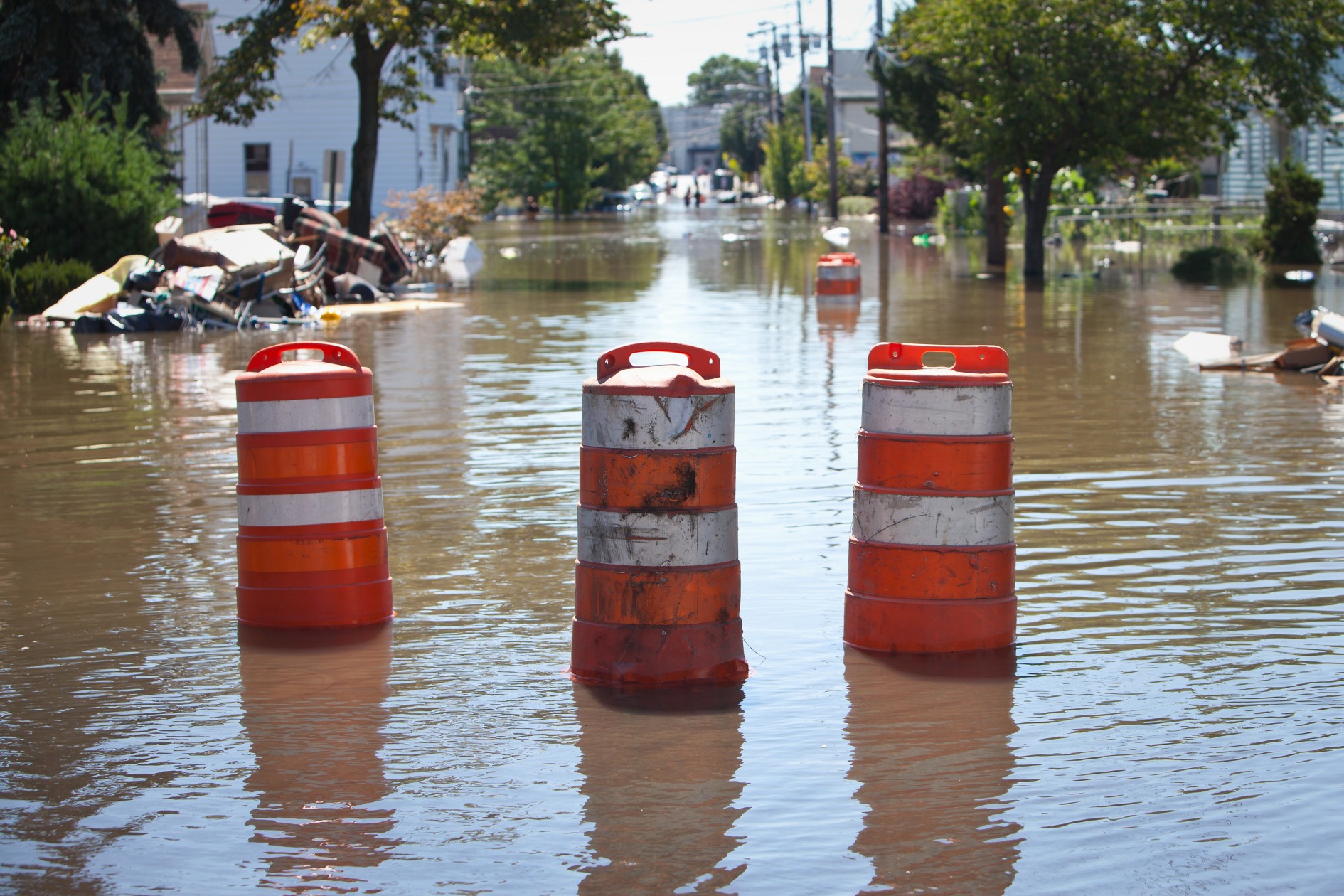
Heavy Rain, Flooding, and Chance of Severe Weather Staring Down the Southern U.S.
January 22, 2024
Posted: August 24, 2023 9:30 am





Tropical Storm Hilary turned life upside-down for much of Southern California and beyond when it roared onshore on Sunday. This massive weather maker will take its place in the history books as one of the most significant storms to move through California.
In addition to causing widespread flooding, the storm also shut down life for hours in the major metropolitan areas of Los Angeles and San Diego. Here is a look at why Tropical Storm Hilary will be remembered long after the floodwaters recede and life returns to normal.
It will take some time for the full scope of the damage and economic loss in the wake of Hilary to reveal itself. Early estimates put the losses as a result of Hilary at about $7 to $9 billion. Note that this figure includes just the damage inflicted on the U.S. and not the losses experienced in Mexico.
The silver lining is that Hilary moved at a clip that was much faster than is typical for these weather events. Hilary sped through California at 20 mph, compared to an average forward speed of 10 – 12 mph for most tropical storms. Had Hilary moved at a more average pace, the rainfall and flooding would have been significantly more impactful to the region.
It is estimated that about 24,000 customers were in the dark at the peak of the power outages late Sunday. While this number may pale in comparison to what areas of the Florida, the Gulf Coast, and the Southeast experience during tropical weather events, it is an impactful number for the Golden State. Tropical Storm Kay hit Southern California in 2022, knocking out power to only about 5,000 customers.
The bulk of the power outages were blamed on the high winds that spread throughout the region as Hilary made its approach to land. These tropical-storm-force winds were the worst in the higher terrains of Southern California.
According to the National Weather Service (NWS), Hilary’s peak gust clocked in at 87 mph at Magic Mountain. There were numerous other locations that recorded gusts over the 80 mph benchmark.
Despite the high winds that came along for the ride, Hilary did not deliver quite as big of a punch on this front when compared to last year’s Tropical Storm Kay. Gusts during this storm peaked at 109 mph on Cuyamaca Peak. In addition, weather stations across the region recorded several gusts over 90 mph.

There is no doubt that the most disruptive element of Tropical Storm Hilary was the heavy rainfall. At least 16 cities recorded the wettest summer day on record, a time of the year in which precipitation is generally sparse in California.
One of the most notable measurements happened in Death Valley when the area recorded 2.20 inches of rain, shattering the all-time record for daily rainfall. The previous record from last summer was only 1.70 inches of rain.
Both Los Angeles and San Diego also saw records fall as the heavy rain bands moved on shore. However, the highest amount of rain was recorded in the higher terrains. Mount San Jacinto recorded an eye-popping 11.74 inches of rain.
California was not the only state on the West Coast to be under the wrath of Hilary’s massive amounts of precipitation. New records were also established in Nevada, Idaho, Oregon, and Montana.
Hilary was a historic weather event for California if only because of its rare track. California is not generally susceptible to receiving tropical weather events. This is because disturbances that form farther south in the Pacific tend to break apart when they reach the cooler ocean waters to the north, weakening them greatly before they approach the West Coast.
With Hilary’s movement into San Diego as a tropical storm, it became the first system to make landfall in California at this stage of development since at least 1949. As a result, Hilary is likely to take its place in history as the most impactful tropical event in California in recorded history.
The National Hurricane Center (NHC) began to keep records in 1949, however, historians believe that a major tropical storm made landfall in Long Beach, California ten years prior. Additionally, a small amount of data indicates that a hurricane churned offshore the coast near Los Angeles in 1858.
Did you find this content useful? Feel free to bookmark or to post to your timeline for reference later.

January 21, 2024

January 19, 2024

January 18, 2024